Check out these amazing hotel deals!
- Save up to 30% on your hotel in Hawaii!
- Last-minute holiday hotel deals
- Top hotel deals for a new year trip
- Visiting Paris? Find the Best Deals & Reviews at TripAdvisor.
- Save 30% on hotels in Ocean City, Maryland...a TripAdvisor Top 10 Summer Destination!
- Save up to 30% on your hotel on your Winter Vacation!
- Find top-rated hotels at the lowest prices on TripAdvisor. Check rates now!
- Save up to 30% on hotels for a romantic getaway!!
When a non-European thinks of a holiday in Europe, they visit the Parisian cafes or the Roman ruins. But Europe has so much more to offer. There are attractions that go far beyond what man has been able to build. Apart from inhabited by 700 million people, Europe also offers large natural spaces, very high mountains, and open-air panoramas that can leave even the most snobbish citizen breathless.
Beauty is in the eyes of those who can find it and see it! To show you the most breathtaking sights, we’ve compiled a list of the 20 most beautiful natural landscapes in Europe!
20. Red Poppy Fields of Flanders – Belgium
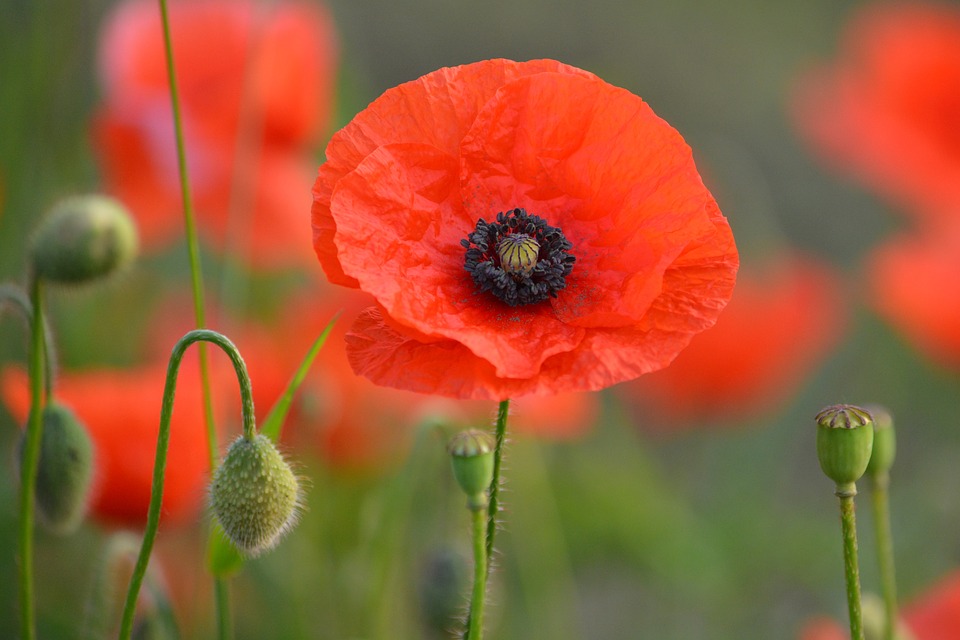
The red poppy fields of Flanders offer a very beautiful and impressive sight, but they are also wonderful for their symbolic meaning. After the First World War, the vermilion-colored flowers bloomed on what had been the battlefields, as if they grow on purpose to symbolize the blood shed on that ground. Today, the poppy fields are usually visited in places such as cemeteries and war memorials.
19. Dwejra Bay – Malta
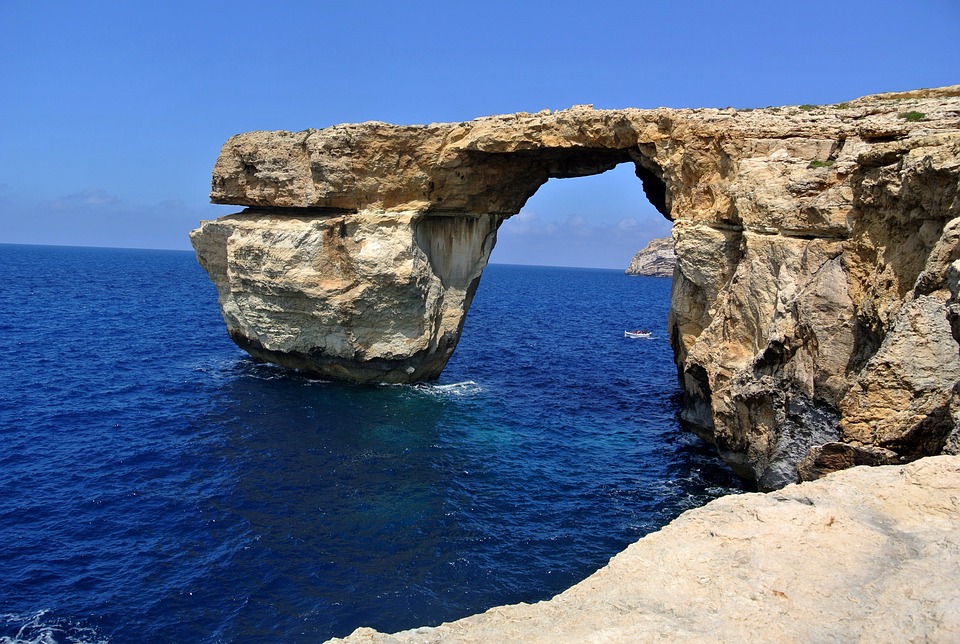
The word dwejra in Maltese means “a small house”, a metaphor that refers to the enormous rocks, often set parallelly and vertically, thus forming a primitive form of a house, the kind of that was present here for millennia. The area is also known as “the blue window” because the rock formation reminds of a window, formed as a result of geological forces that have shaped the island over time.
Experienced swimmers can also dive to discover a hidden lake with pebbles, while everyone else will surely appreciate the rocky coast and its unique geology by strolling through the numerous impressive paths.
18. Lake Bled – Slovenia
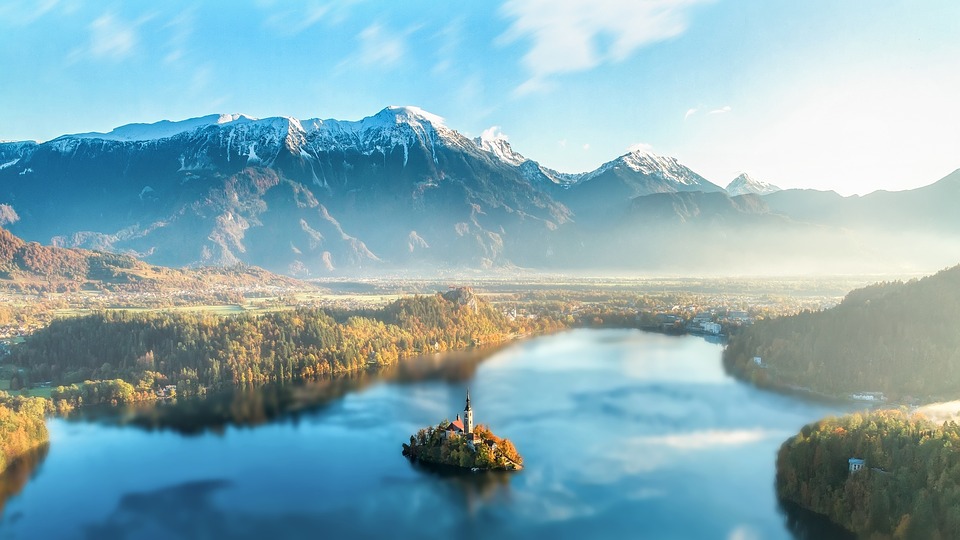
It’s one of the most famous holiday resorts in Slovenia, located between the highest peaks of the Julian Alps and the Karawanken. Lake Bled offers blue and transparent water and there is also Vintgar Gorge in the area, which can be crossed via a modern walkway – an experience for the bravest which offers a truly unforgettable view.
17. The Fjords – Norway
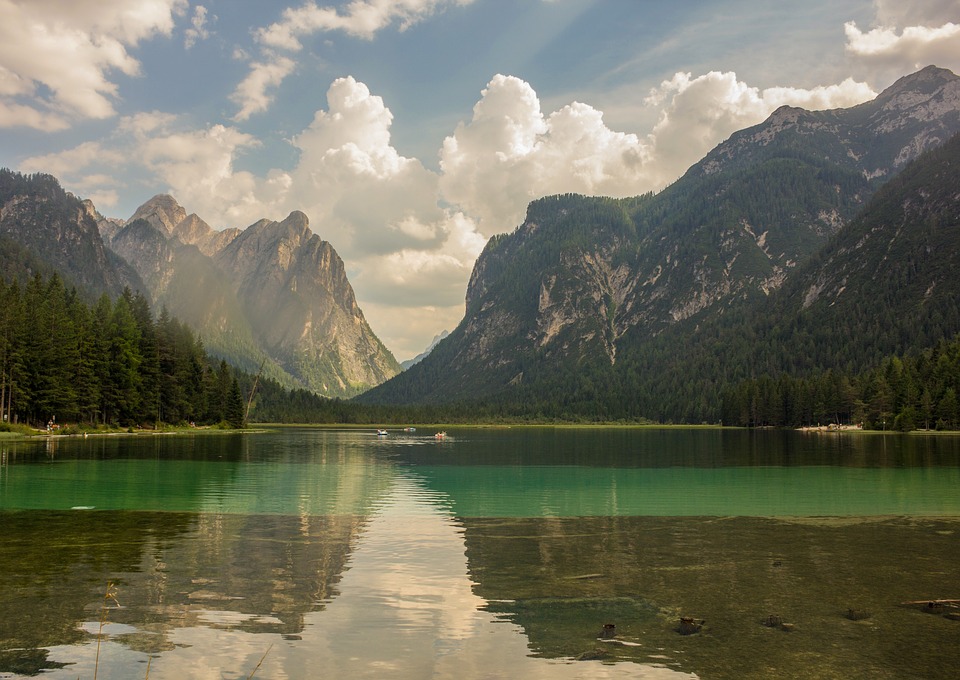
The Fjords can be seen as the “scars” left on the ground as a result of the retreating glacier. From the Nærøyfjord to the Magdalenefjord, from the Lysefjord to the Hardangerfjord, the Fjords of Norway are magnificent granite chasms that end in contact with the almost frozen water. Being in this place means appreciating not only the landscape but also the impressive silence.
16. Faroe Islands, Denmark
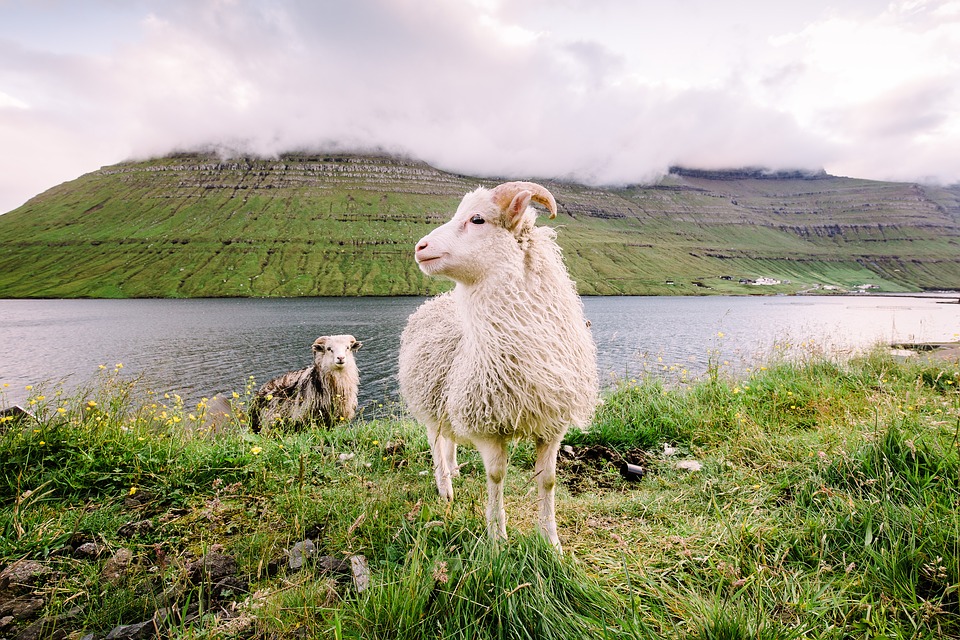
An archipelago of 18 islands in the North Atlantic constitutes one of the most remarkable natural landscapes in Europe. The Faroe Islands are home to around 50,000 inhabitants who live alongside flocks of puffins, starlings, and other seabirds. The cliffs that fall sheer to the sea are as enchanting as they are desolate.
15. Keukenhof Botanical Park – The Netherlands
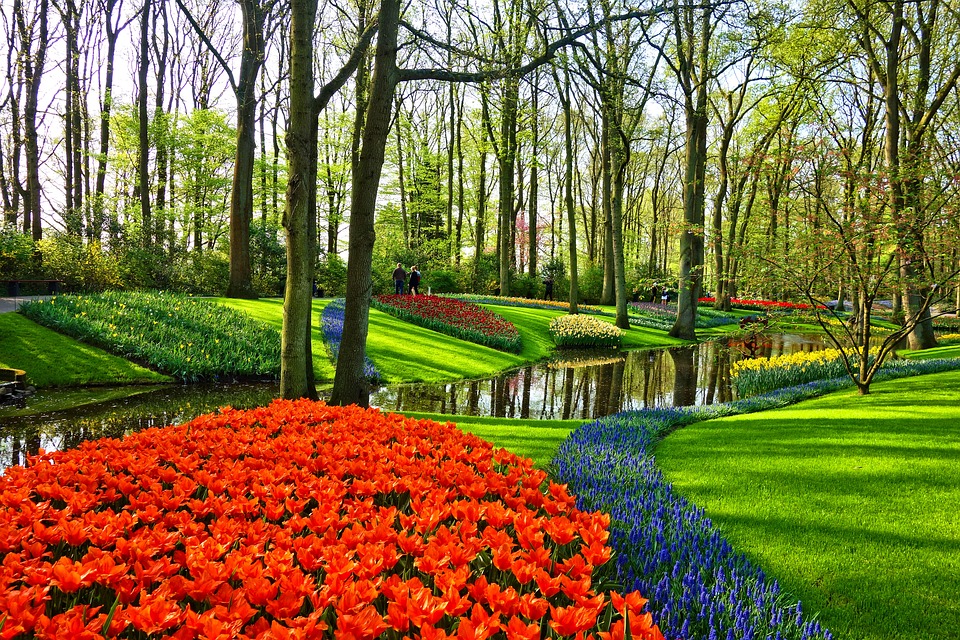
This psychedelic flower field is only open from March to May, every year, and it’s a must-visit site when the flowers bloom. Keukenhof is one of the largest gardens in the world, with over 7 million tulips, daffodils, hyacinths, and much more, all contained within an area of just 0.3 square kilometers.
14. Curonian Spit – Lithuania-Russia
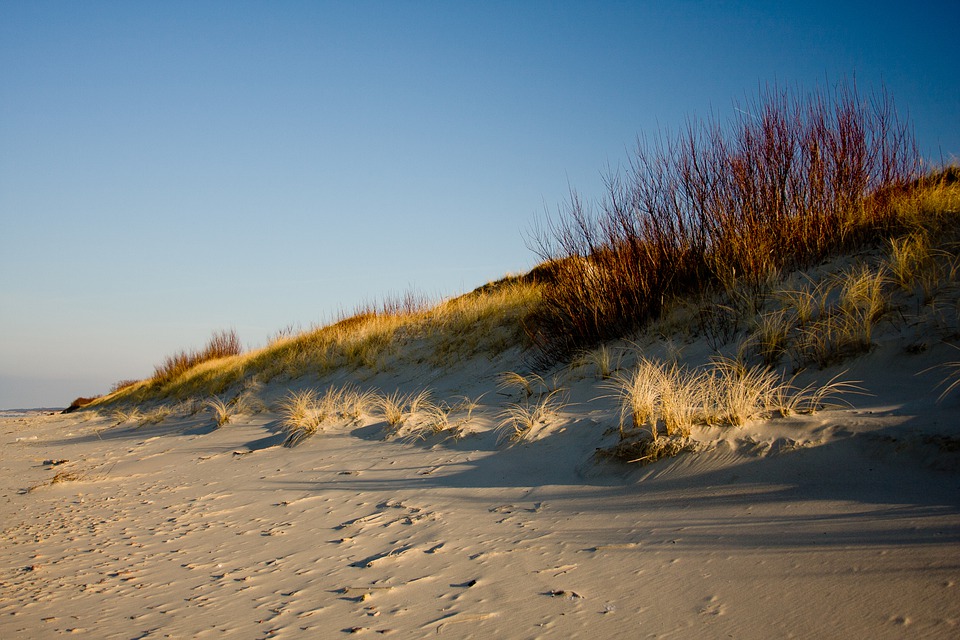
WIld forests, sand dunes, and ocean come together to create a mesmerizing and fascinating landscape. The town, disputed between Russia and Lithuania, is a UNESCO World Heritage Site and boasts a lagoon with the highest sand dunes in Europe.
13. Eisriesenwelt – Austria
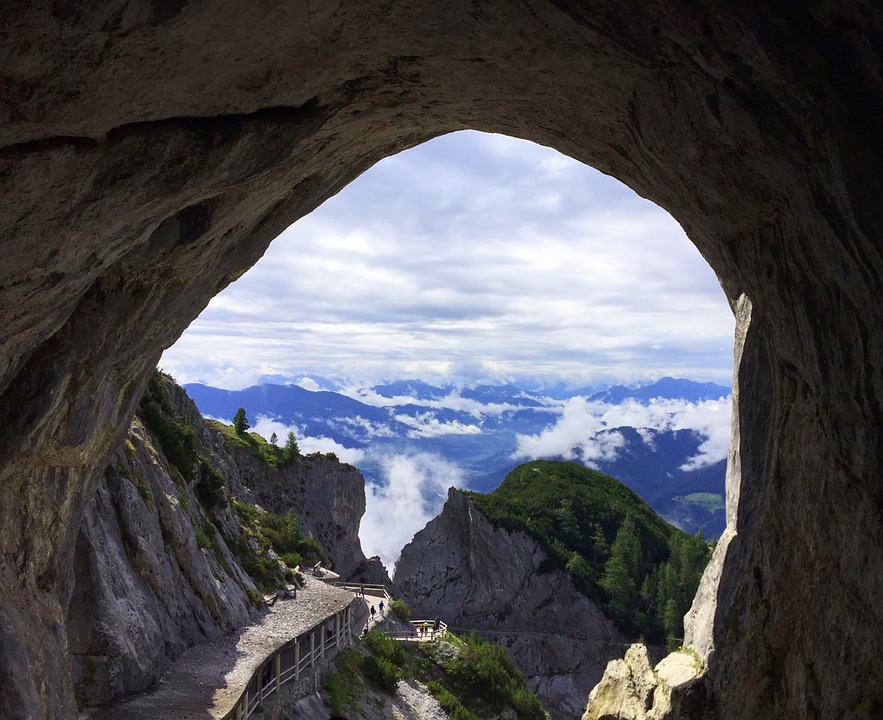
In Geman, Eisriesenwelt means “the world of ice giants”, a name that perfectly fits these caves that seem to be from another world. They were discovered in Austria and are the largest ice caves in the world, extending up to 400 meters below the earth’s surface, and measure 42 kilometers in total. Visitors can explore parts of this frozen land, from May to October, which was once thought to be one of the frozen gates of hell.
12.Plitvice Lakes National Park – Croatia
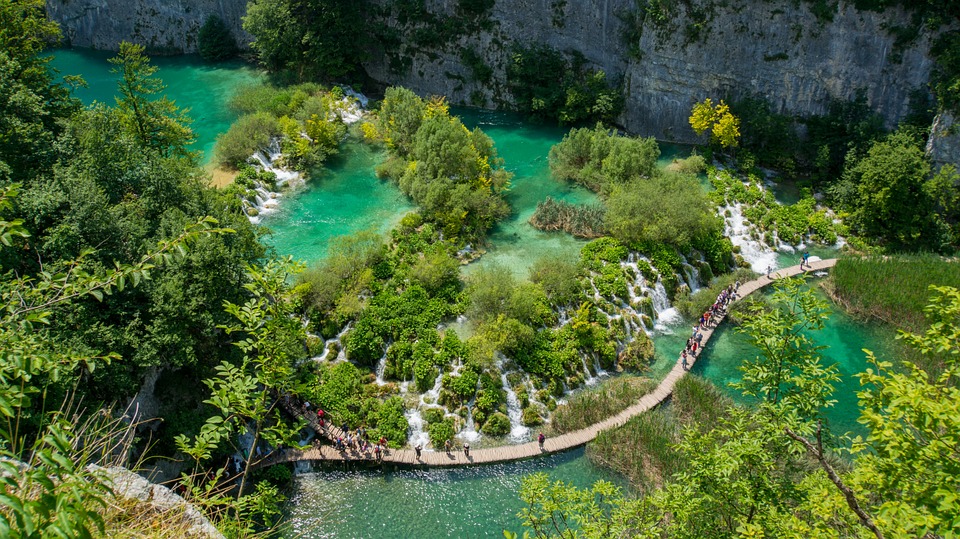
In the Plitvice Lakes National Park, waterfalls and streams link 16 lakes together as if they were jewels in a necklace. This series of lakes and waterfalls, located in the Karst mountains of Croatia, is the ideal place for pleasant excursions. Every curve offers a new shade of blue or green to visitors.
11. Lakes Region (Järvi-Suomi) – Finland
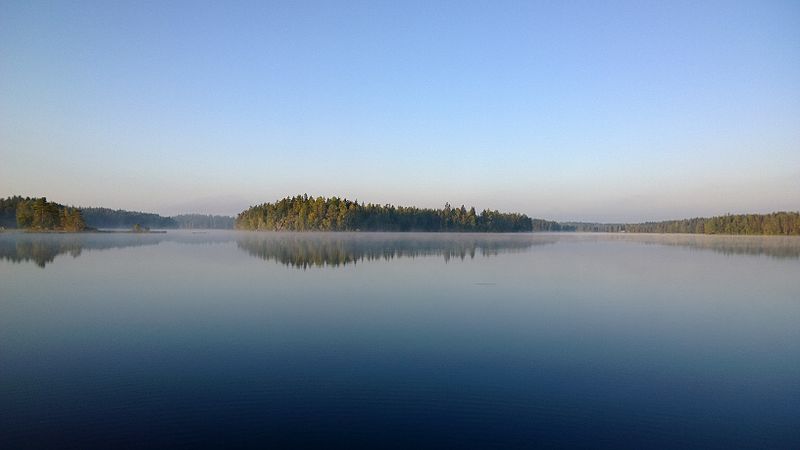
Thousands of years ago the continental glaciers moved and created one of the most impressive natural masterpieces in Europe. Järvi-Suomi, or the Finnish Lakeland, is the largest lake area on the continent. It’s a labyrinth of hundreds of ponds, rivers, islands, and streams.
10. Santorini Red Beach – Greece
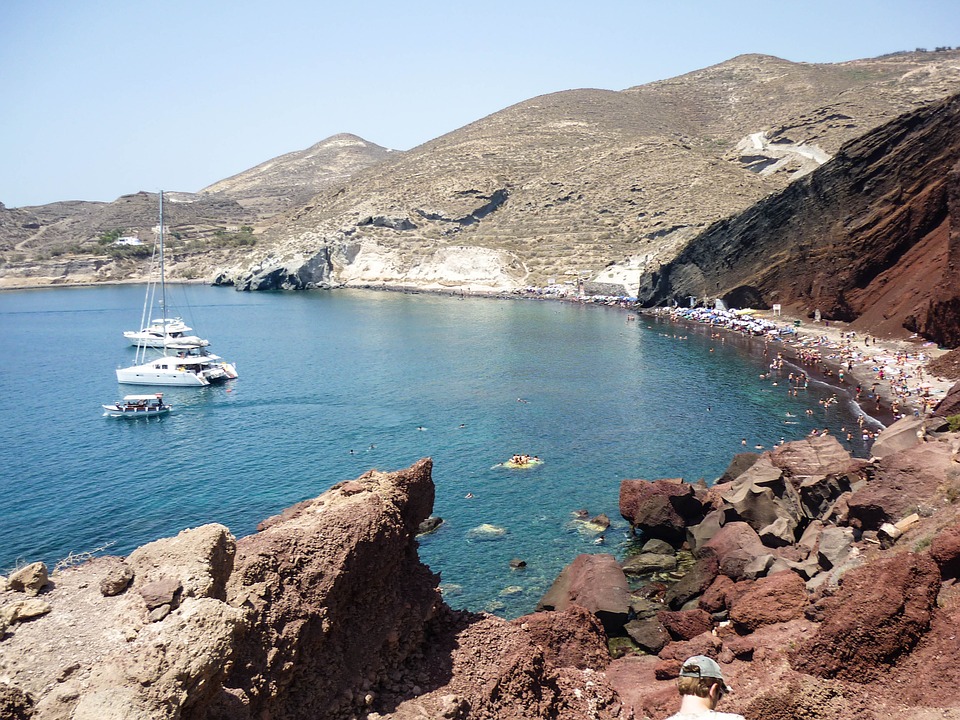
It’s impossible not to fall in love with Santorini… just look at it! As if the island’s natural beauty, its multicolored cliffs, and dark blue waters weren’t unreal enough, the typical Cycladic architecture is truly mesmerizing. All this makes Santorini one of the most romantic destinations not only in Europe but also in the world. Being an island of volcanic origin, the beaches, in general, are made up of very dark sand. The so-called Red Beach is an exception as it’s made up of volcanic sand with a typical red and black color.
This enchanting place is enclosed and almost protected by cliffs of the same color as the sand. It’s equipped to welcome tourists and it’s close to an interesting archaeological site.
9. Melissani Cave – Kefalonia, Greece
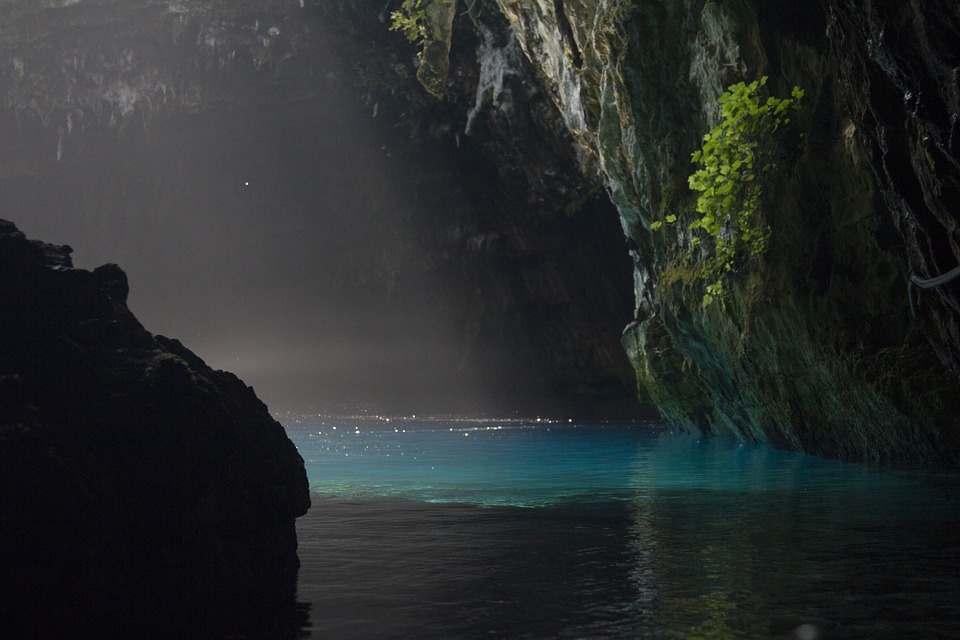
Tucked away on the Greek island of Kefalonia, in the Ionian Sea, Melissani Cave offers water so lightly colored that boats seem to float in the air. This cave was once sacred to the god Pan, although it’s named after a nymph who was rejected by the pagan god. Devastated by pain, the nymph killed herself in the waters of this cave. The most characteristic point of this place is the wide opening towards the sky right where the protruding rocky roof collapsed several thousand years ago.
8. Cabo de Gata Natural Park – Nìjar, Spain
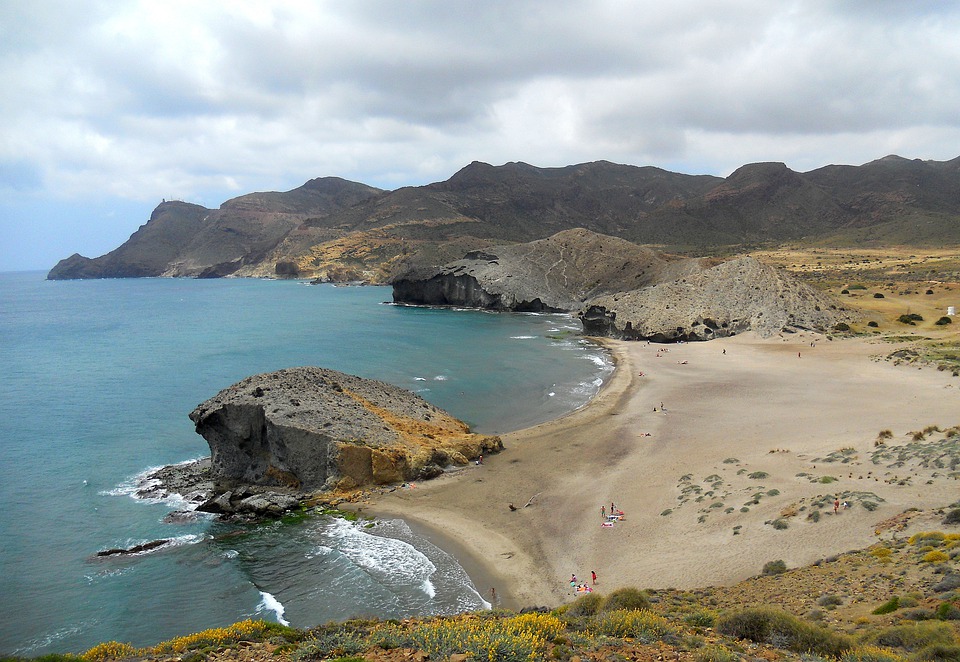
Home to flamingos, purple herons, eagles, and more than a thousand other bird species, Cabo de Gata (cat cape) – Níjar Natural Park is one of the most important nature reserves in Western Europe Away from the bustle of Madrid’s city, this picturesque coastline encompasses the beauty of sand dunes, volcanic formations, and hidden beaches. It’s the ideal refuge for those who want to feel as far away from city life as possible.
7. Douro Valley – Portugal
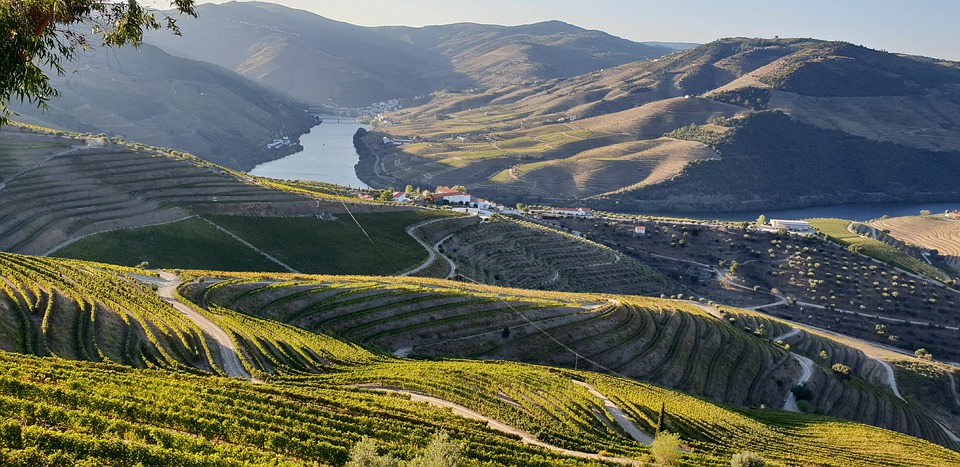
For at least two thousand years, humans have used the fertile soil of the Valley where the Douro River flows to grow vines from which excellent wine is made. It’s because this lush valley offers fertile ground for vineyards and olive groves. In these rolling hills, human cultivation continues in complete harmony with natural beauty.
6. The Dolomites – Italy
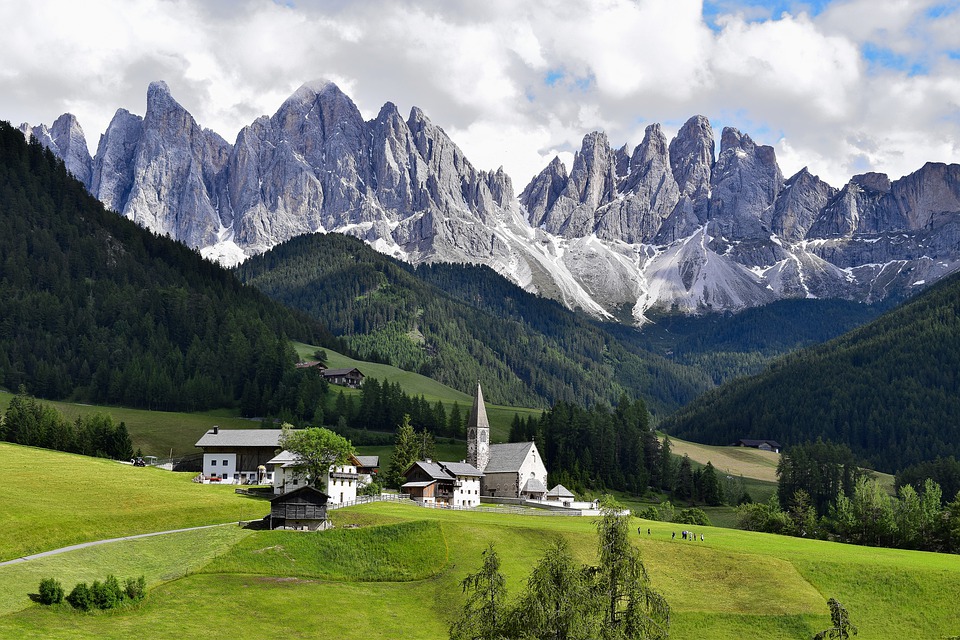
The mountain range of the Dolomites almost seems to represent the stone crown of Italy. The landscape is, both, characteristic and majestic and this is exactly the combination that gives the Dolomites their powerful charm.
5. Monte Cervino – Matterhorn-Switzerland, Italy Border
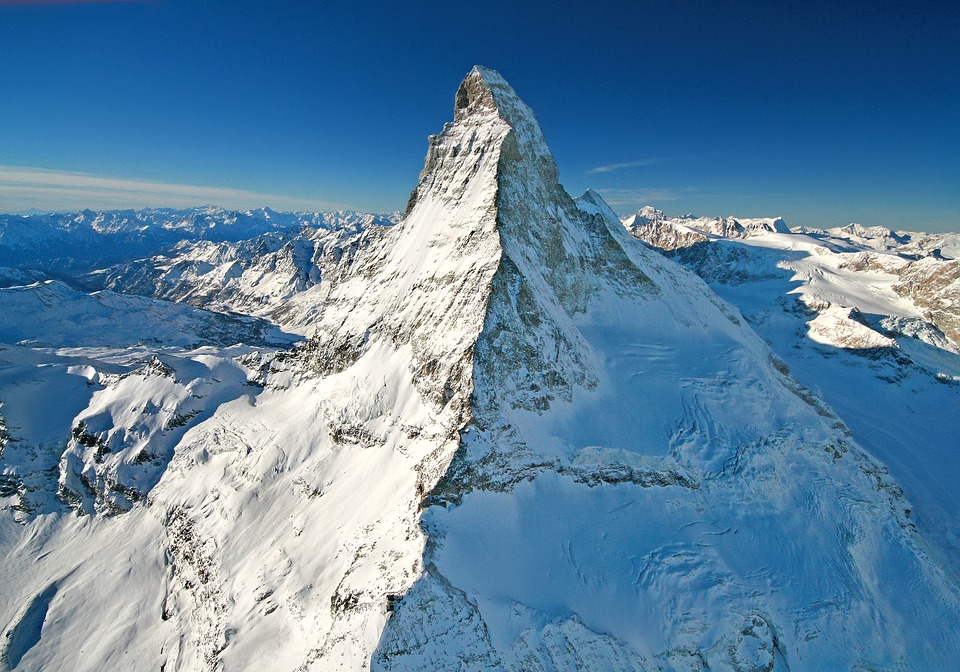
Mount Cervino (in German Matterhorn) juts out into the sky like a pyramid about 4,572 meters. The “mountain of mountains”, as some call it, straddles the Swiss-Italian border although its highest peak is in Switzerland. It’s one of the highest mountains in the Alps and mong the deadliest mountains in the world. About 500 climbers have died to conquer it.
4. Chamonix – France
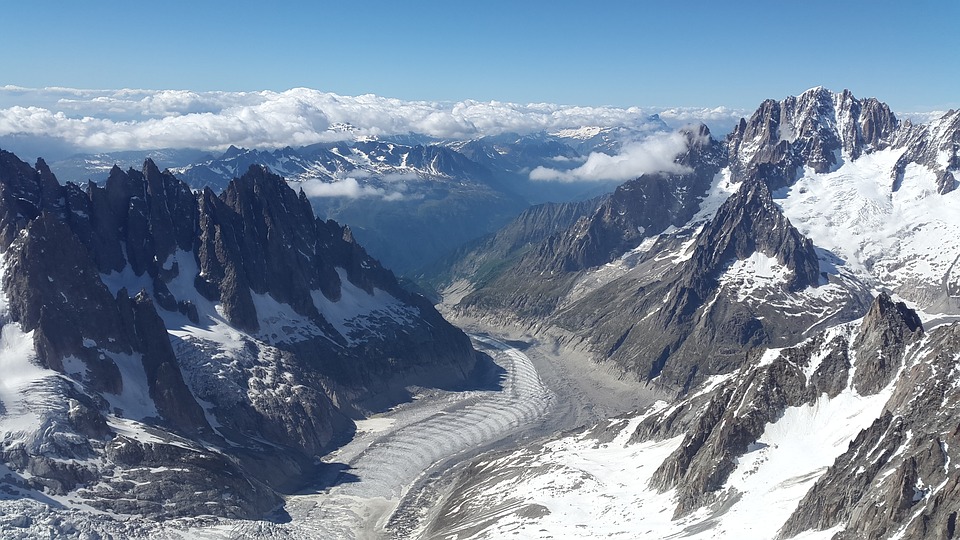
Located near the border with Switzerland and Italy, the villages of Chamonix-Mont-Blanc are located right in the middle of the impressive peaks of the French Alps. A cable car takes visitors to the crag of the Aiguille du Midi which rises in the middle of the glacial landscape like a defiant fist. At the top, visitors can look straight down at the sheer cliff face that drops 1,000 meters before reuniting with the glacial landscape below.
3. The Verdon Gorges – France
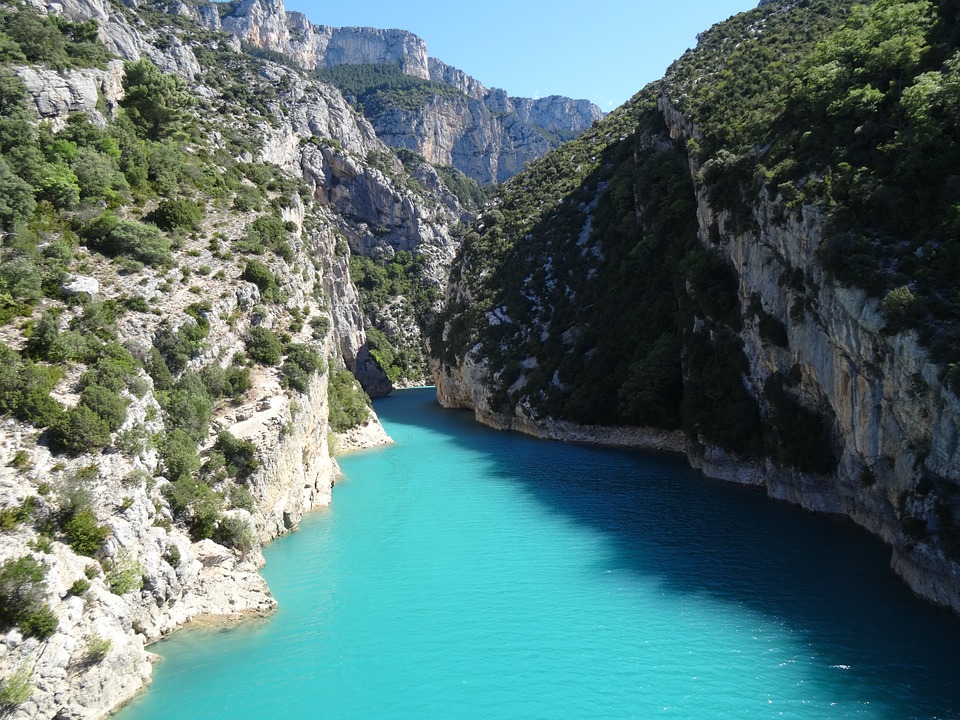
The turquoise waters flowing through the Verdon Gorges create a dreamlike atmosphere along the Provence region in the south of France.
The “Grand Canyon of France” runs for 25 kilometers along rocky walls up to 700 meters high. The spectacular panorama attracts numerous climbers, hikers, and kayakers but also the less sporty ones who can enjoy the landscape through the paths and roads that run along the edges of the gorge.
2. Cairngorms National Park – Scotland
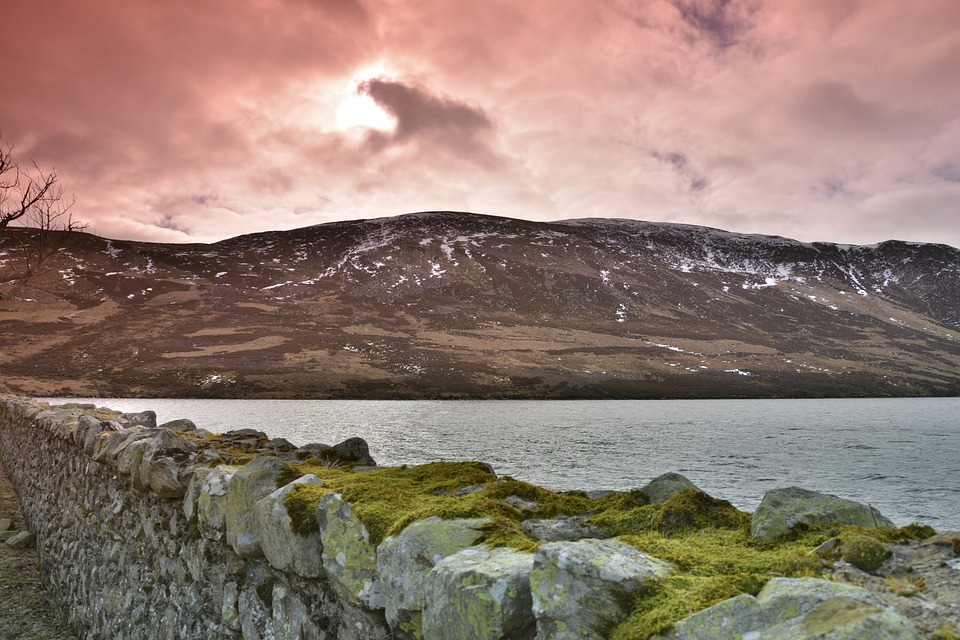
Here is the largest playground for the most adventurous! The Cairngorms National Park is home to mountains, forests, trails, rivers, lakes, and impressive, characteristic, and unmissable natural areas. This is the most suitable place for those who really want to get away from it all and immerse themselves in nature that is so large and powerful that it makes them forget all worries. And, where there are mountains, there is usually also water. As expected, there are many overhanging waterfalls, long streams, and places like Loch an Eilein, a lake with an island where a 13th-century castle is also placed. If you are looking for inspiration, this place is ideal for a wall. Namely, the famous physicist Peter Higgs got inspired for the famous Higgs boson as he walked the Cairngorms, in 1964.
1. Cliffs of Moher – Ireland
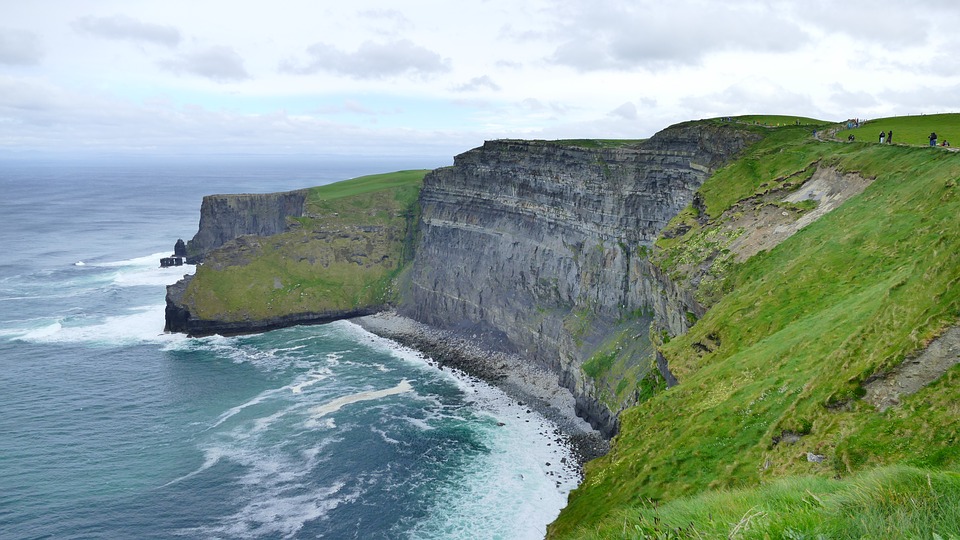
The western edge of Ireland appears to fall into the Atlantic Ocean like a heavy curtain… it’s what we know as the Cliffs of Moher. They took their name from the 18th-century fortress that stood on the cliffs. They are 300 million years old and reach heights from 120 to 200 meters above the sea.
One of the many legends about the Cliffs of Moher tells of the golden city of Kilstiffen. According to it, the city sank beneath the waves after its leader lost the key to the city’s spectacular castle.
Check out these amazing hotel deals!
- Save up to 30% on your hotel in Hawaii!
- Last-minute holiday hotel deals
- Top hotel deals for a new year trip
- Visiting Paris? Find the Best Deals & Reviews at TripAdvisor.
- Save 30% on hotels in Ocean City, Maryland...a TripAdvisor Top 10 Summer Destination!
- Save up to 30% on your hotel on your Winter Vacation!
- Find top-rated hotels at the lowest prices on TripAdvisor. Check rates now!
- Save up to 30% on hotels for a romantic getaway!!
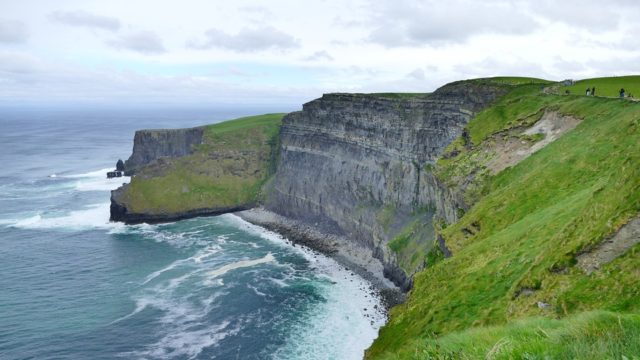


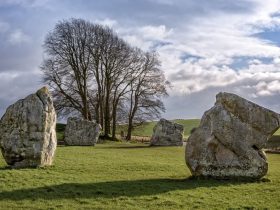


Find Us on Socials